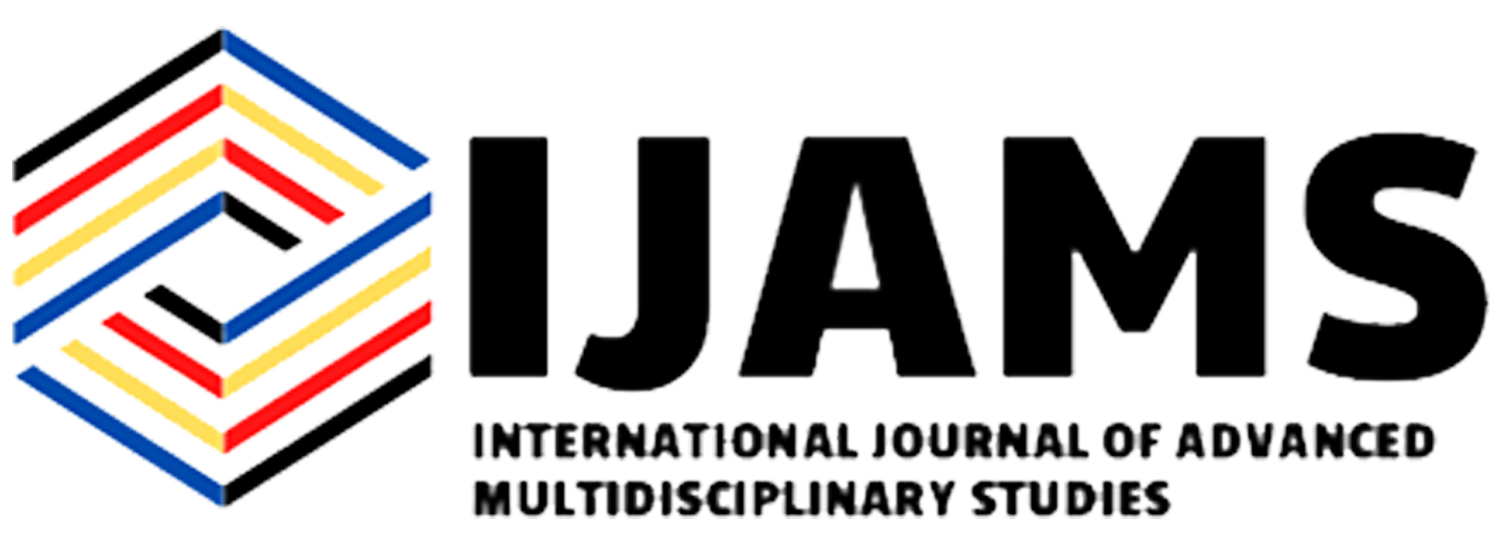ISSN: 2782-893X
eISSN: 2799-0664
 ISSN: 2782- 893X
ISSN: 2782- 893X


— This study assessed indigenous knowledge on disaster readiness and risk reduction in coastal areas of Calbayog City. It examined respondents’ indigenous knowledge, including wind patterns, tidal changes, cloud formations, flora and fauna behavior, and celestial bodies. This indigenous knowledge had been used by the community to predict natural hazards. A descriptive assessment method was used, utilizing a structured questionnaire as the primary data collection tool. The sample included six (6) barangays and 284 respondents. The standardized instruments measured the indigenous knowledge and indigenous practices on a five-point Likert scale. Statistical methods, including mean, median, mode, frequency counts, percentages, standard deviation, and cross-tabulations are used to evaluate the prevalence and significance of indigenous knowledge and practices in disaster readiness and risk reduction. Results indicated strong reliance on traditional knowledge, particularly wind and weather patterns. The findings emphasized the potential benefits and obstacles of incorporating traditional knowledge into contemporary disaster risk reduction strategies, underscoring the importance of creating policies that are culturally appropriate and locally applicable. The study recommended that local government units document and integrate indigenous knowledge into formal disaster management frameworks. Establishing community knowledge exchange programs was suggested to preserve and enhance traditional disaster preparedness practices. Such initiatives could lead to better resilience and more effective disaster response strategies in coastal communities in Calbayog City. Keywords — Indigenous Knowledge, Disaster Readiness, Risk Reduction, Coastal Communities, Indigenous Practices